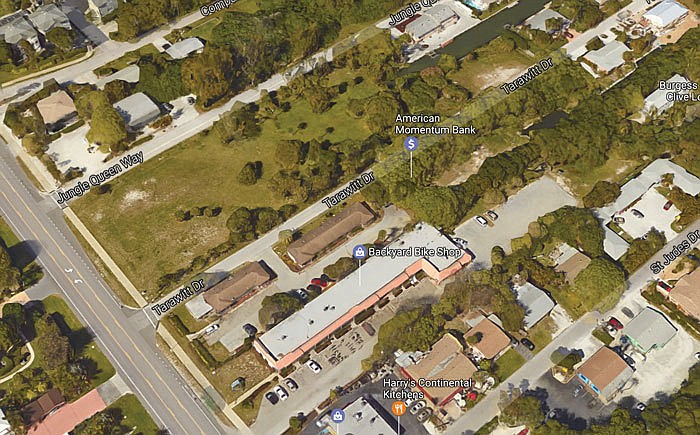- April 18, 2024
-
-
Loading

Loading

Longboat Key voters have spoken. With exclamation points.
They don’t want any more. No new development over and above what exists. No additional residential development over and above what they capped in 1984. And it’s a good bet, if given the opportunity, Longboat voters would rescind their 2008 vote that created a pool of 250 tourism units to be brought back into existence.
Funny how times change. In the wake of the hotels-to-condos boom from 2004 to 2008, Longboat lost 250 hotel units. The effects were palpable. Every commercial enterprise on the Key suffered. Potential homebuyers dwindled.
Residents and town commissioners recognized the Key needed to keep alive the few restaurants and retailers that were here and keep full the pipeline of potential homebuyers. Otherwise the future appeared bleak.
Voter approval to create the tourism pool was near 90%.
Today, Longboaters are mad about traffic.
As a result, in two years, they overwhelmingly rejected — almost in a complete reversal of 2008 margins — five referendums to increase density.
We’ve cited the extraordinariness of the vote in 2016, when Longboat voters denied longtime Longboat Key property owner Oscar Parsons the ability to convert the top floor of his Harbour Square office building to one unit of residential use. One unit. What makes it even more extraordinary is the fact for many years it was zoned residential. Parsons converted it to commercial use, and then wanted to go back to what it originally was.
But the voters said no. For one unit!
Two weeks ago, voters rejected Brista Homes’ request to convert from commercial use to residential use and allow up to 10 units at 5630 Gulf of Mexico Drive. This is the property owned by the Mote Scientific Foundation, a not-for-profit that would have benefited from the sale of the property to Brista. But not even to help the foundation of the founder of Mote Marine Laboratory did Longboat voters budge.
Such unyielding intransigence on density is not surprising if you know Longboat Key history. But for every action, there usually is an equal and opposite reaction. This could be it:
At what point will voters’ rejection of additional density constitute a government taking? At what point will it trigger Florida’s Bert Harris Act, the law created in 1995 to protect Florida property owners from government imposing an unfair regulatory burden that precludes an owner from the use of his property in favor of a benefit for the public (see box below).
Consider the Mote property. Six decades ago, when the newly formed town platted the island, it designated dozens and dozens of plats for commercial use. The Mote property was one of them.
But 40 years later, after nearly 100% of the Key was built out, it became obvious the original platting created an excess of commercial plats. That’s evident by the fact virtually all of the commercial centers on Longboat Key — with the exception of the Shoppes at Bay Isles — are aging and deteriorating. There hasn’t been a new commercial building constructed in three decades. In short, the Key has reached equilibrium with the amount of commercial property the Key’s residences support.
And even at its current balance, every commercial property owner struggles. Redevelopment, economically, is out of the question. Ask Ryan Snyder at Whitney Beach.
So for nearly two decades, the late Bill Mote and now the Mote Scientific Foundation have been trying to sell the 1.8-acre vacant site at 5630 Gulf of Mexico Drive. But no one will buy it because it is zoned commercial. Developers know: To construct a retail or office building there would be akin to playing a slot machine. A losing bet.
At the same time, the directors of the Mote Foundation see that the land’s intrinsic value is more than $1.1 million. They don’t want to give it away.
But you say: That’s the risk Mote took when he bought it. The foundation should lower its price so it would make sense for a commercial developer.
But why should the foundation be forced — because of government-imposed regulations (e.g. residential density cap and oversupply of commercial plats) — to sell well below the intrinsic value of the land? Should not the foundation be afforded the same opportunities as, say, its neighbors?
Or, consider the Bert Harris Act: An owner has a claim of injury if the remaining uses for the property after the government-imposed restrictions represent an unreasonable range.
There is no need for more commercial development on Longboat. The Mote board should not be forced to use the property unprofitably or to its detriment. The best use — and reasonable use — for the Mote property is residential. But the voters and town forbid it.
Seems like, feels like, looks like a taking.
Kicker: There are at least a half-dozen other commercial properties in the same position.